Torsion Test Analysis of Acrylic Rod
VerifiedAdded on 2020/05/04
|8
|1219
|229
AI Summary
This assignment focuses on analyzing a torsion test experiment conducted on an acrylic rod. Students are tasked with calculating shear force, bending force, and torsional rigidity based on experimental measurements. The analysis involves comparing the experimentally determined values with theoretical data from the datasheet. The report also includes a discussion on discrepancies between experimental and theoretical results, exploring potential factors contributing to these differences, such as human error, material imperfections, and plastic deformation. Finally, the assignment concludes with a summary of the torsion test's application and limitations in materials analysis.
Contribute Materials
Your contribution can guide someone’s learning journey. Share your
documents today.
1 out of 8
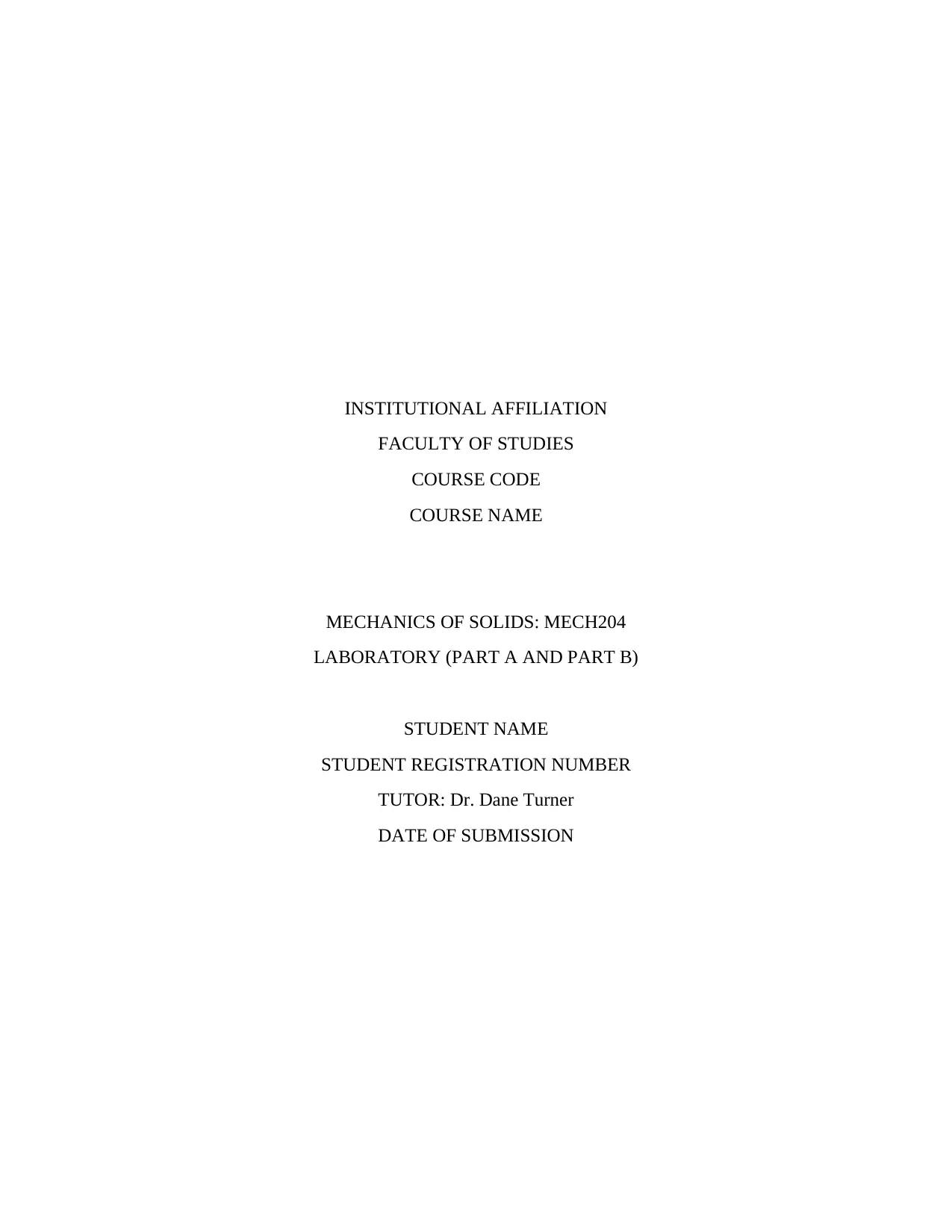
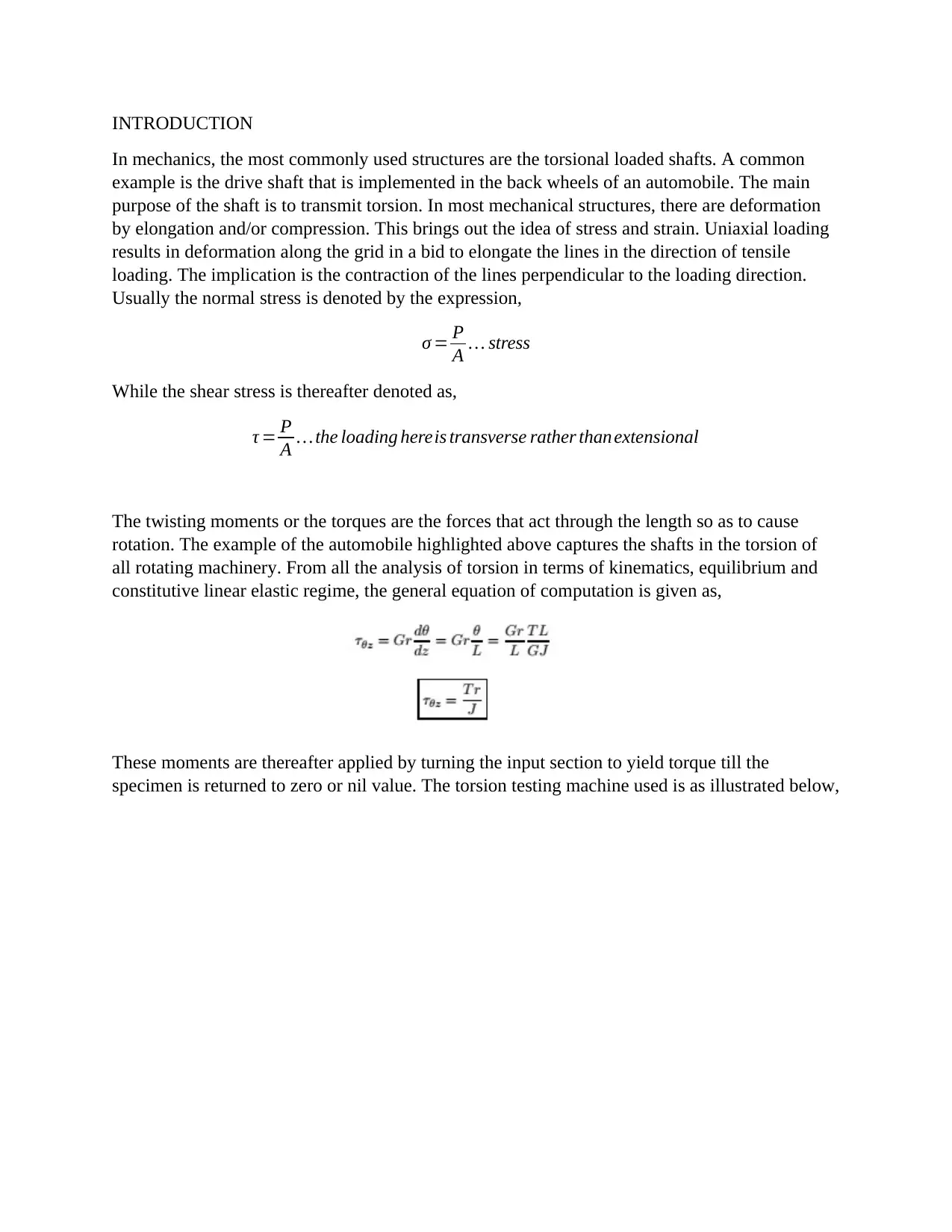
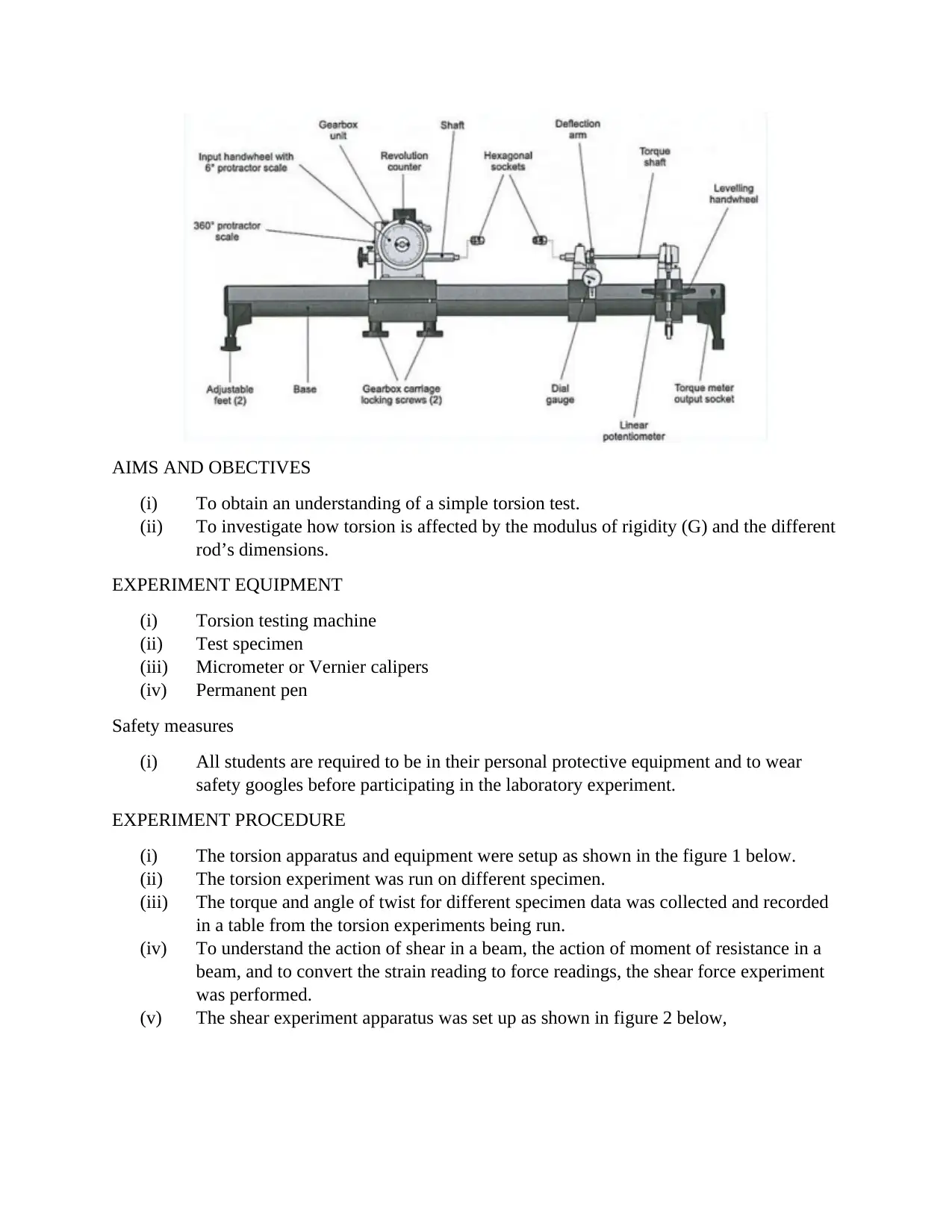
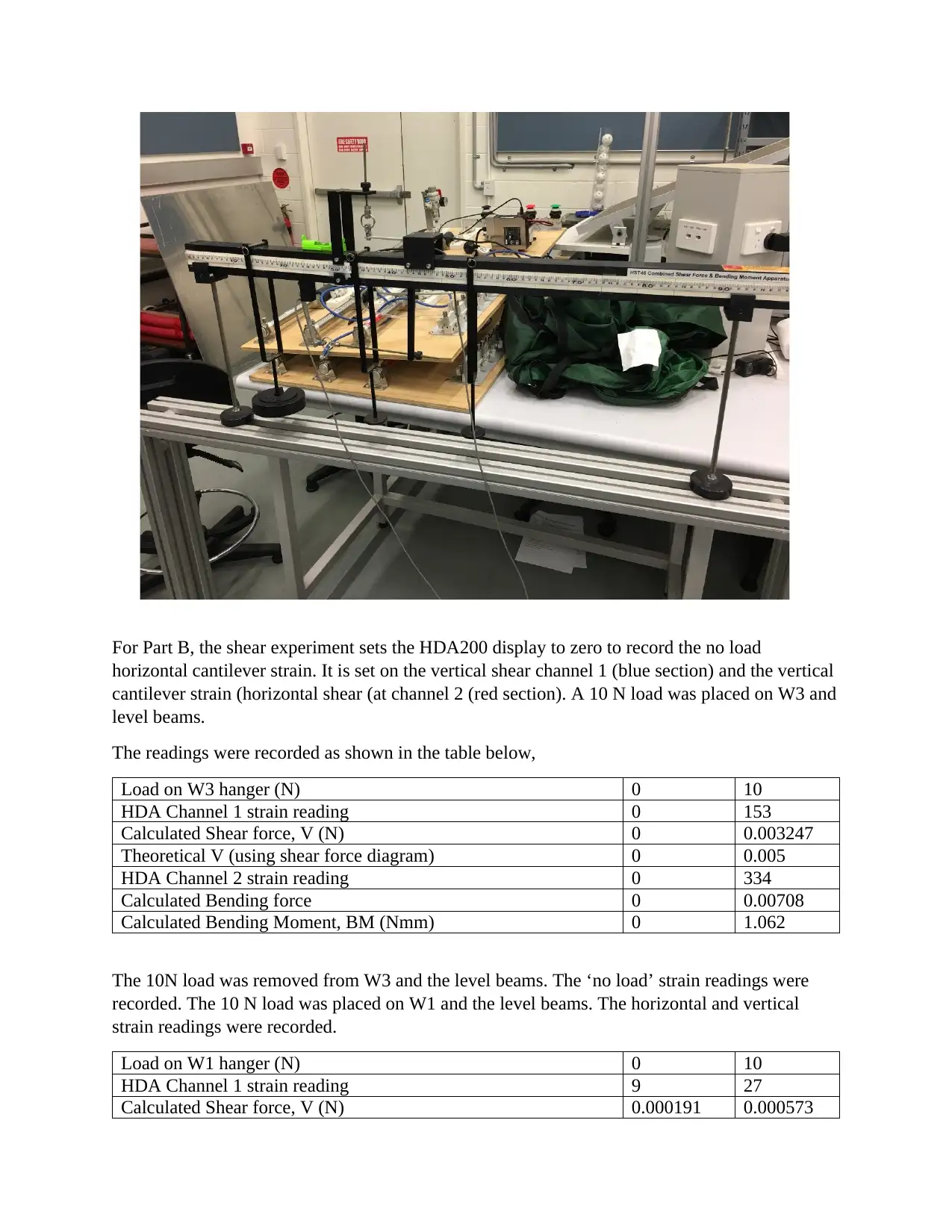
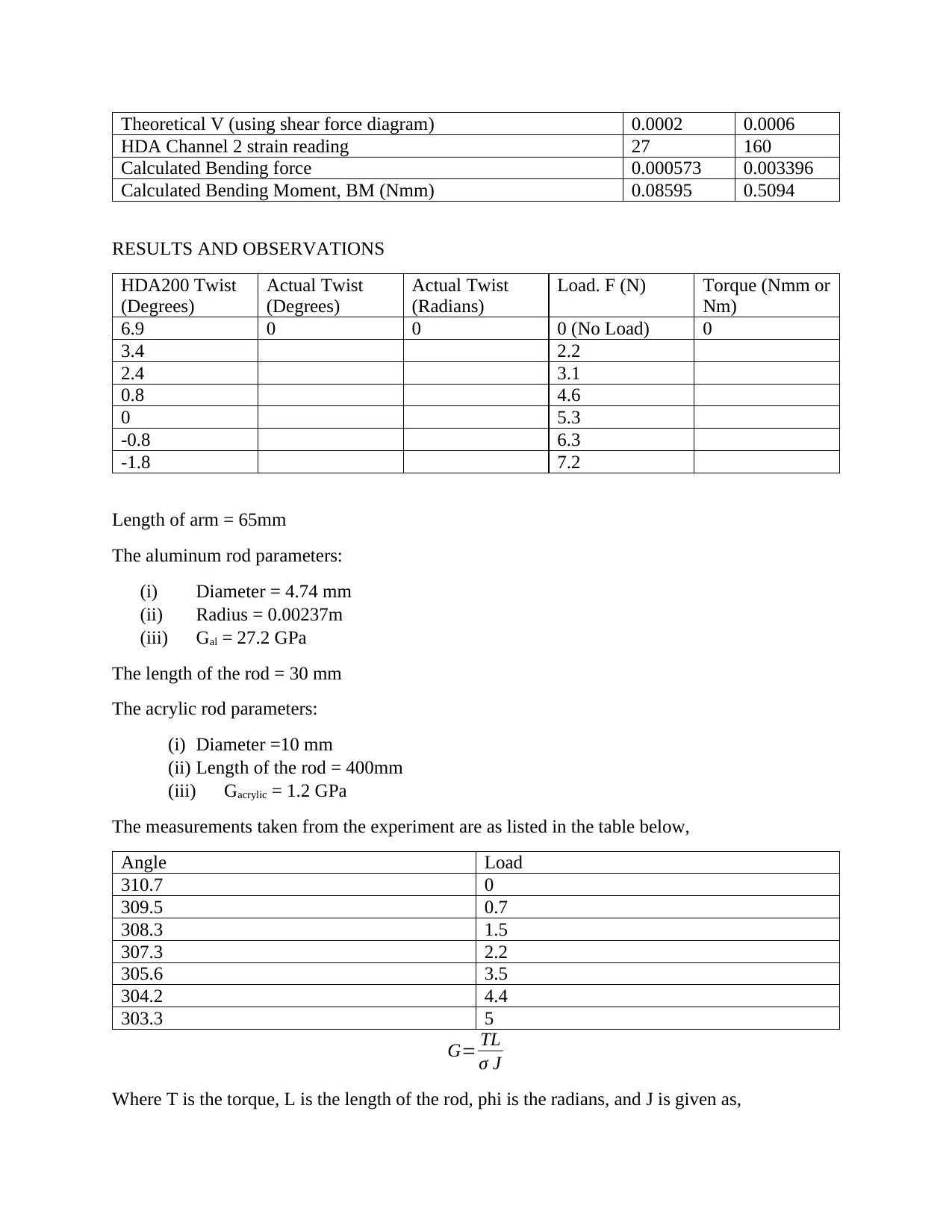
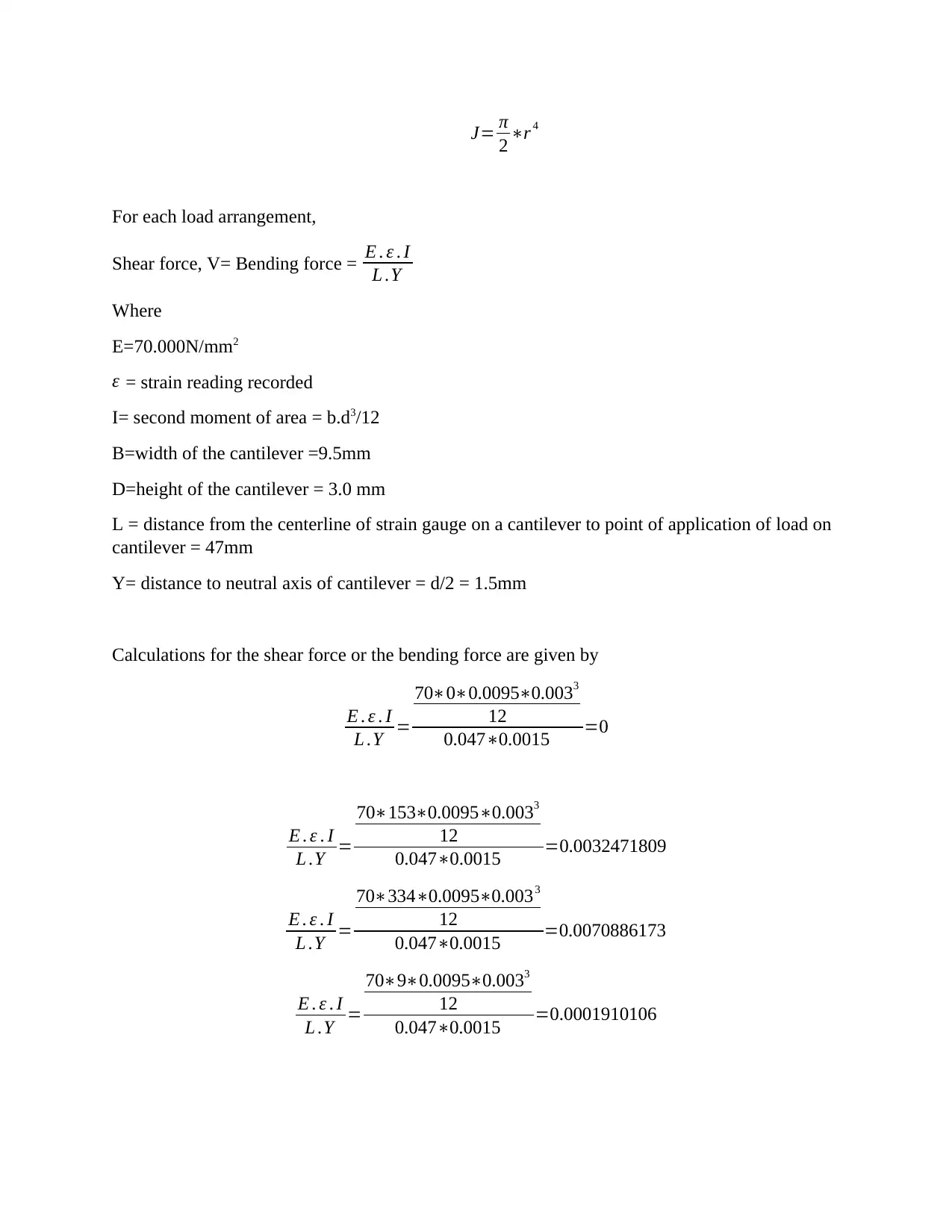








![[object Object]](/_next/static/media/star-bottom.7253800d.svg)